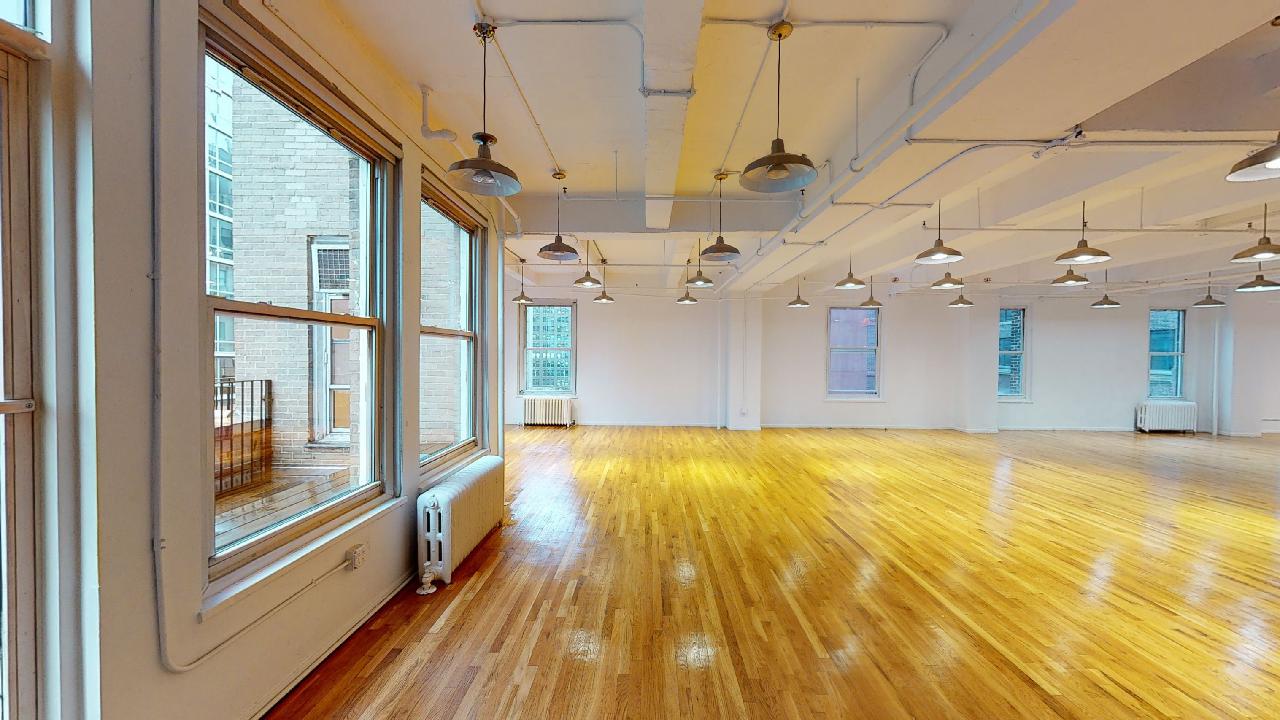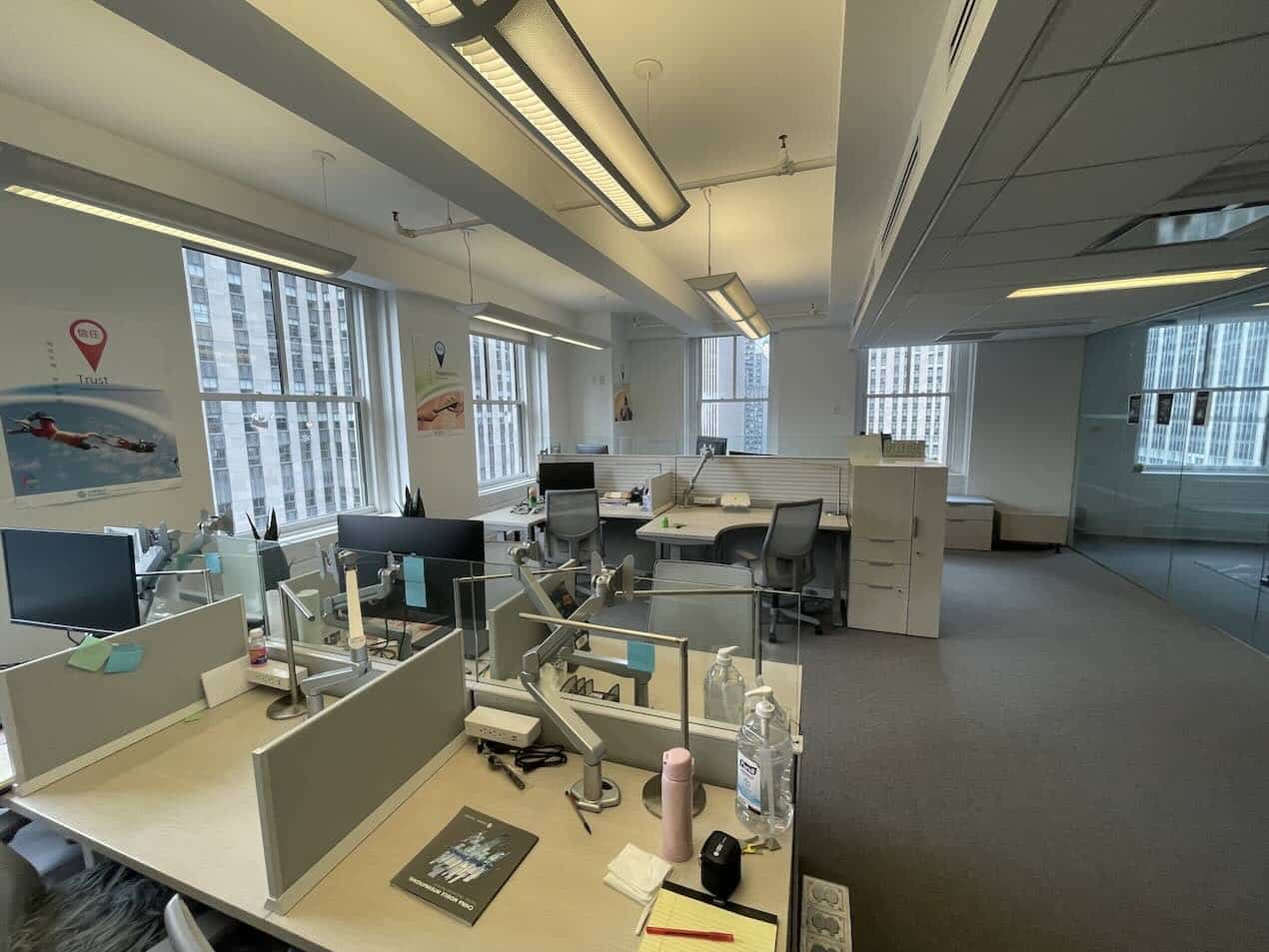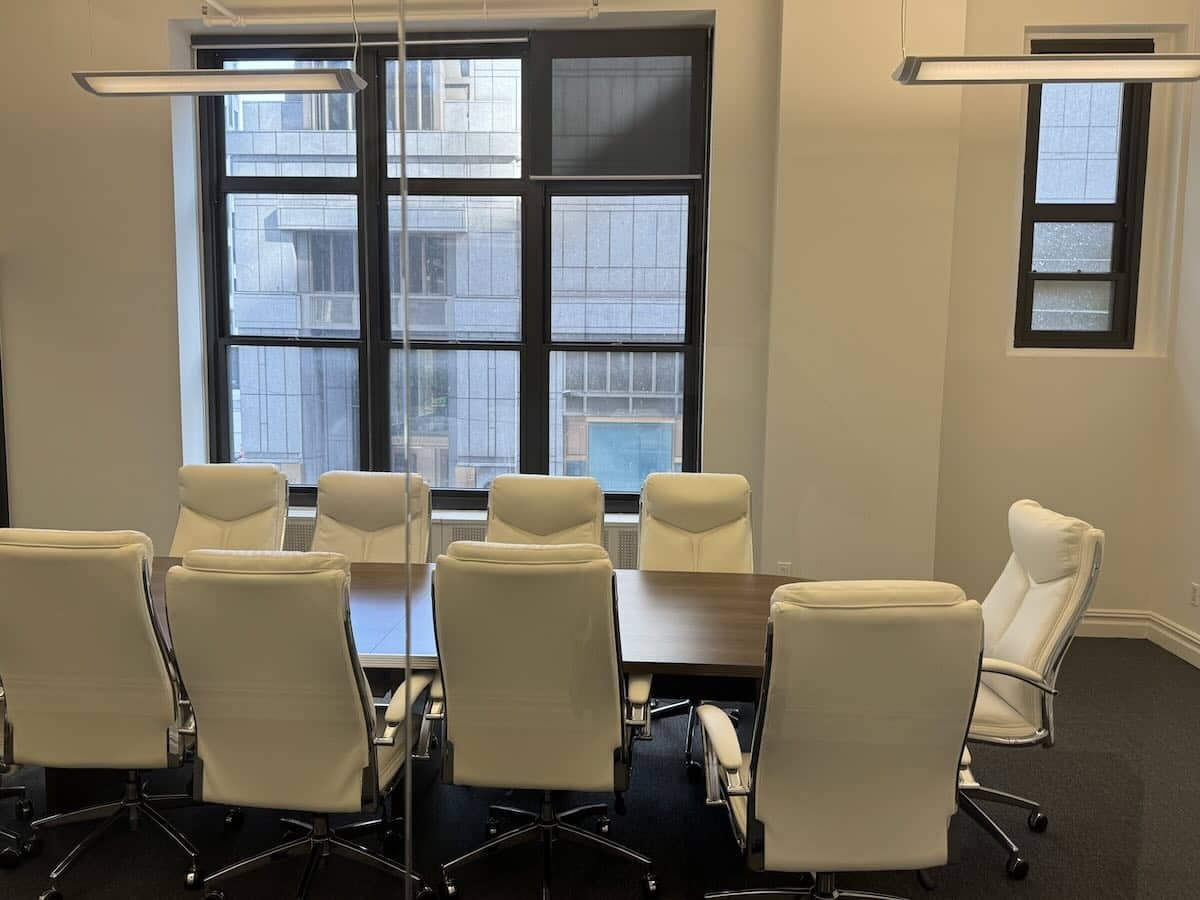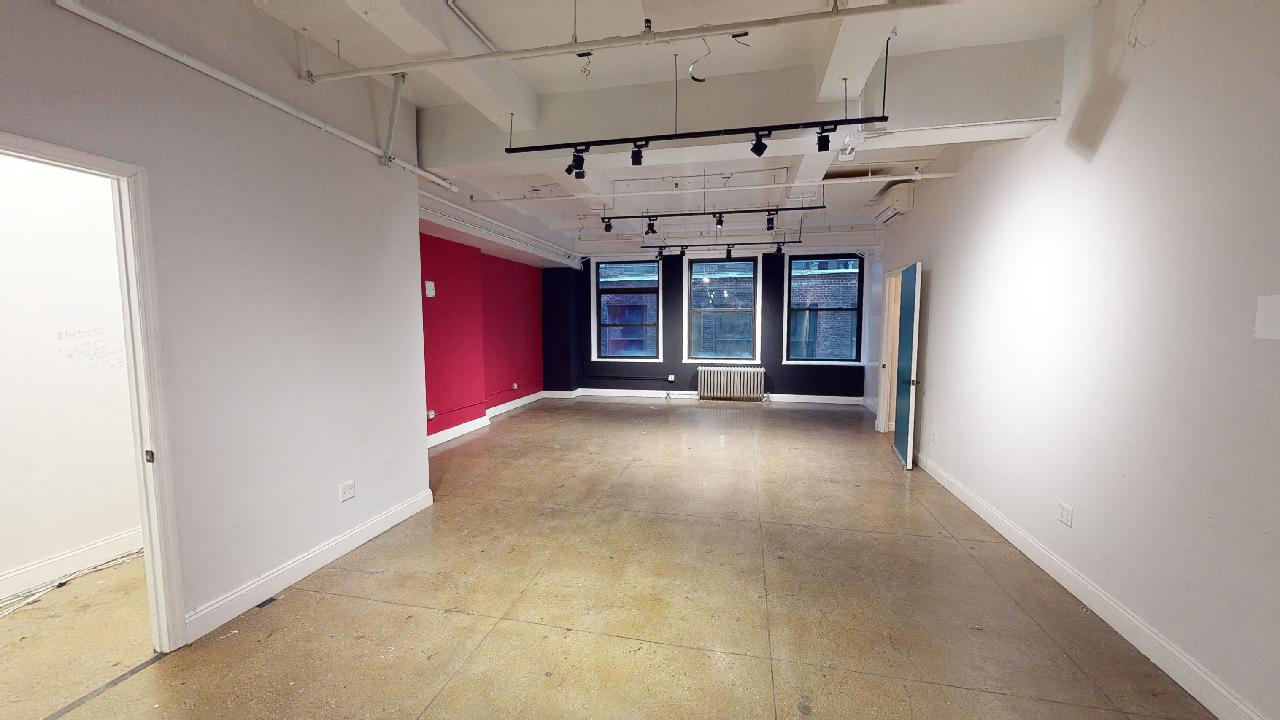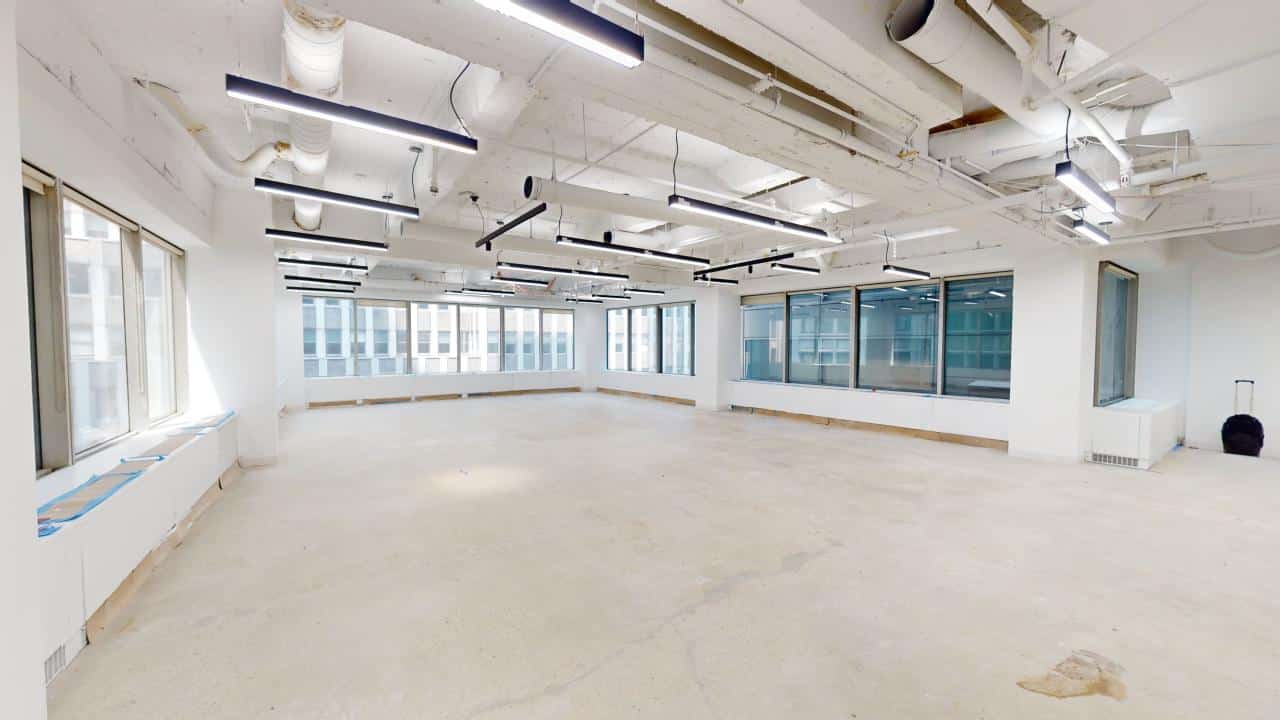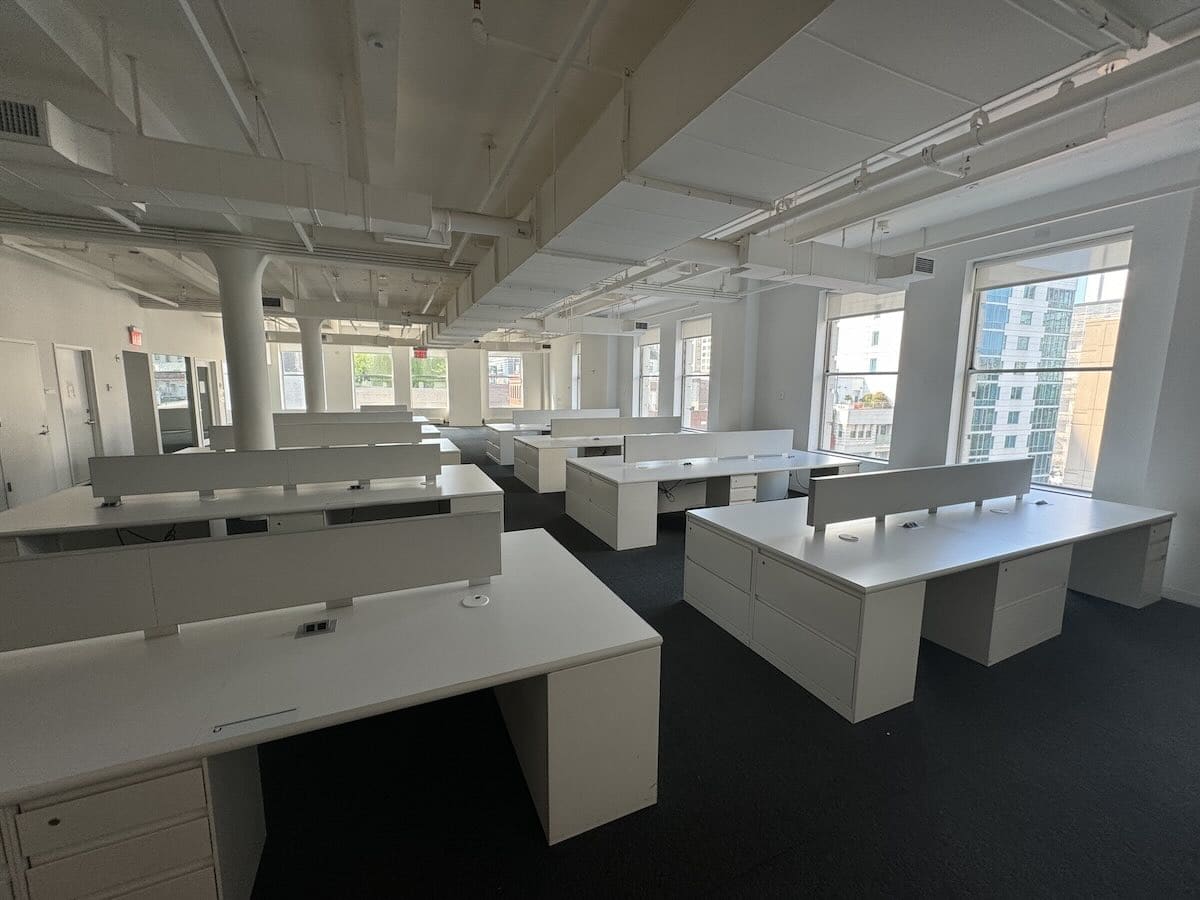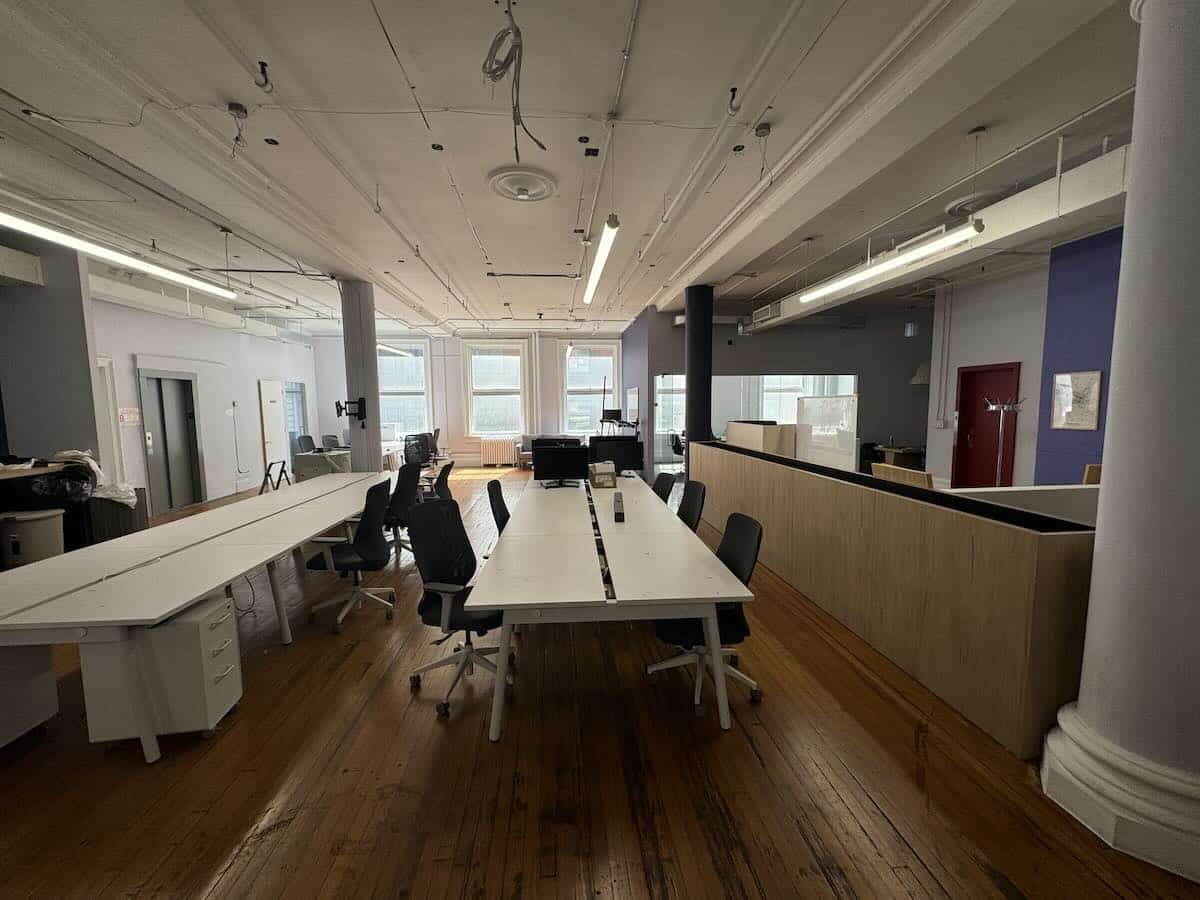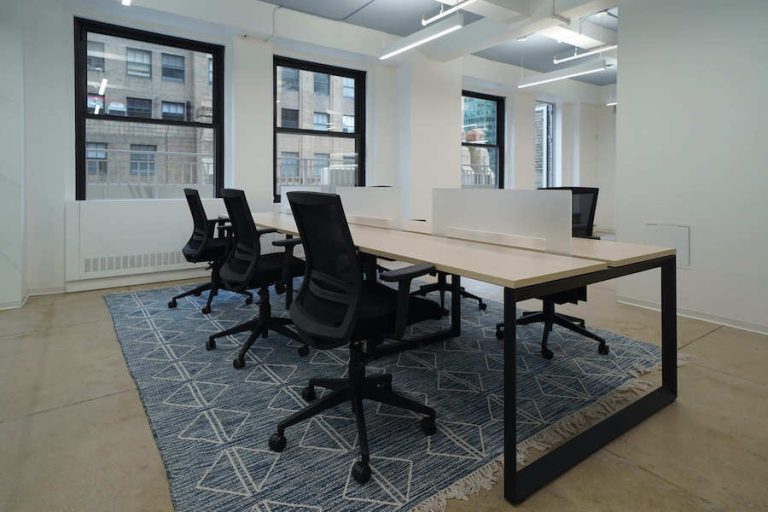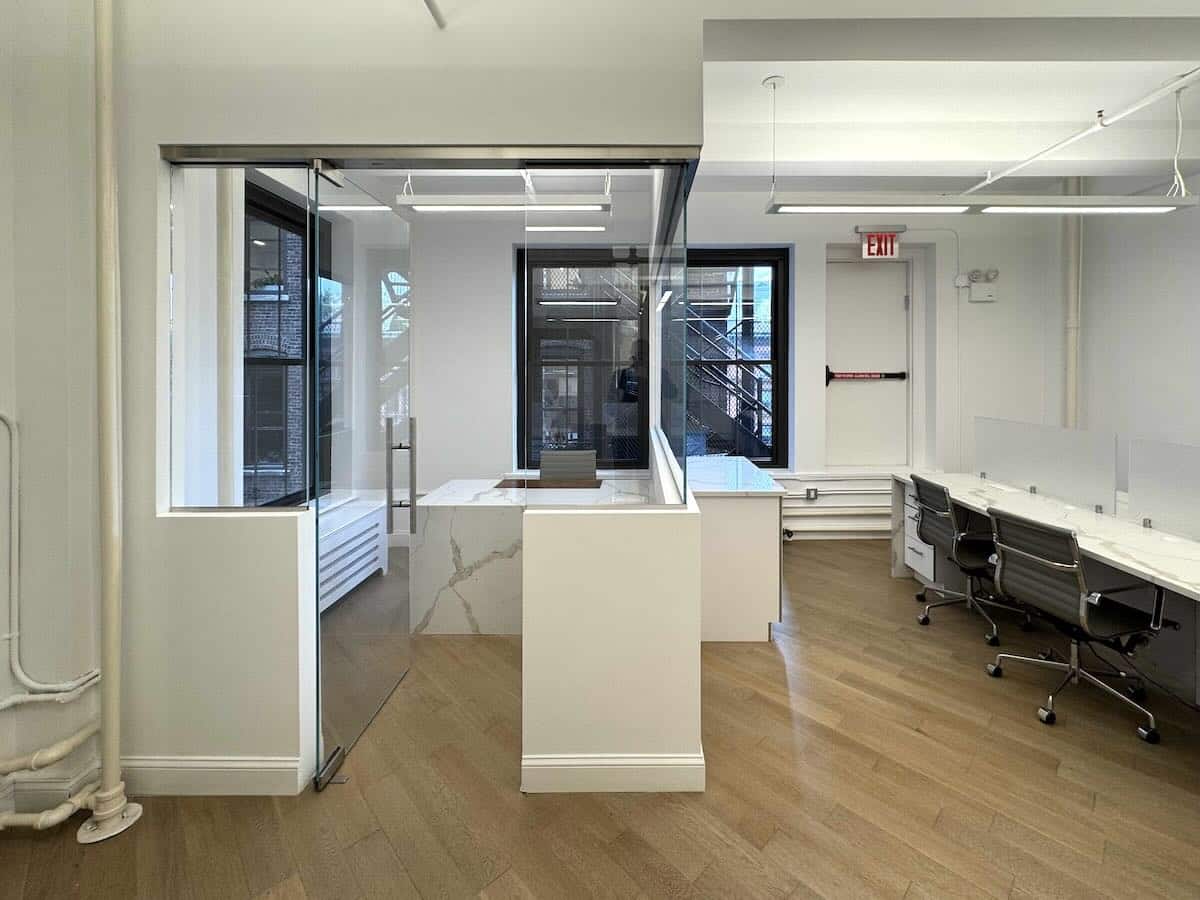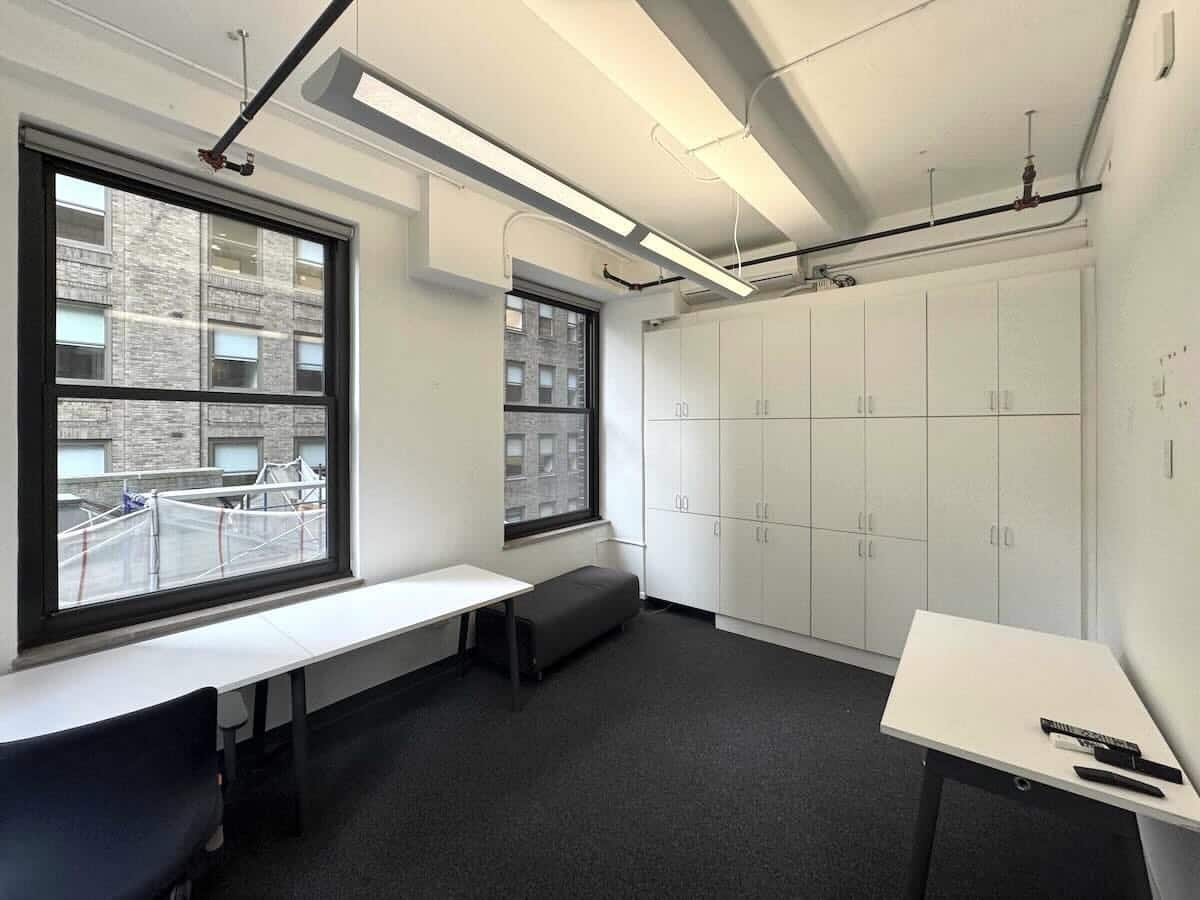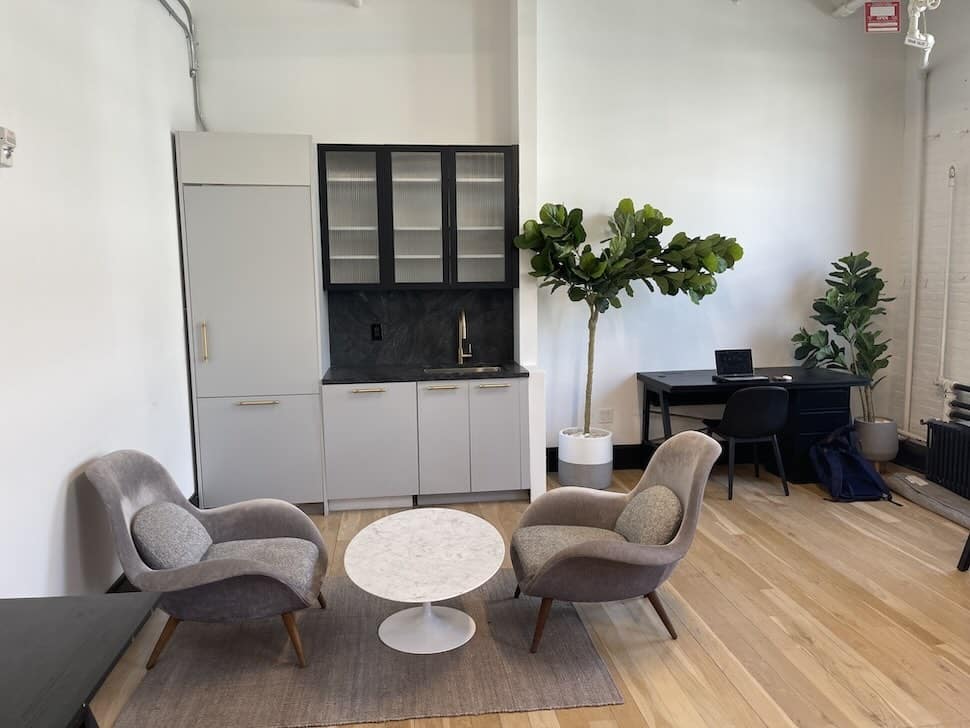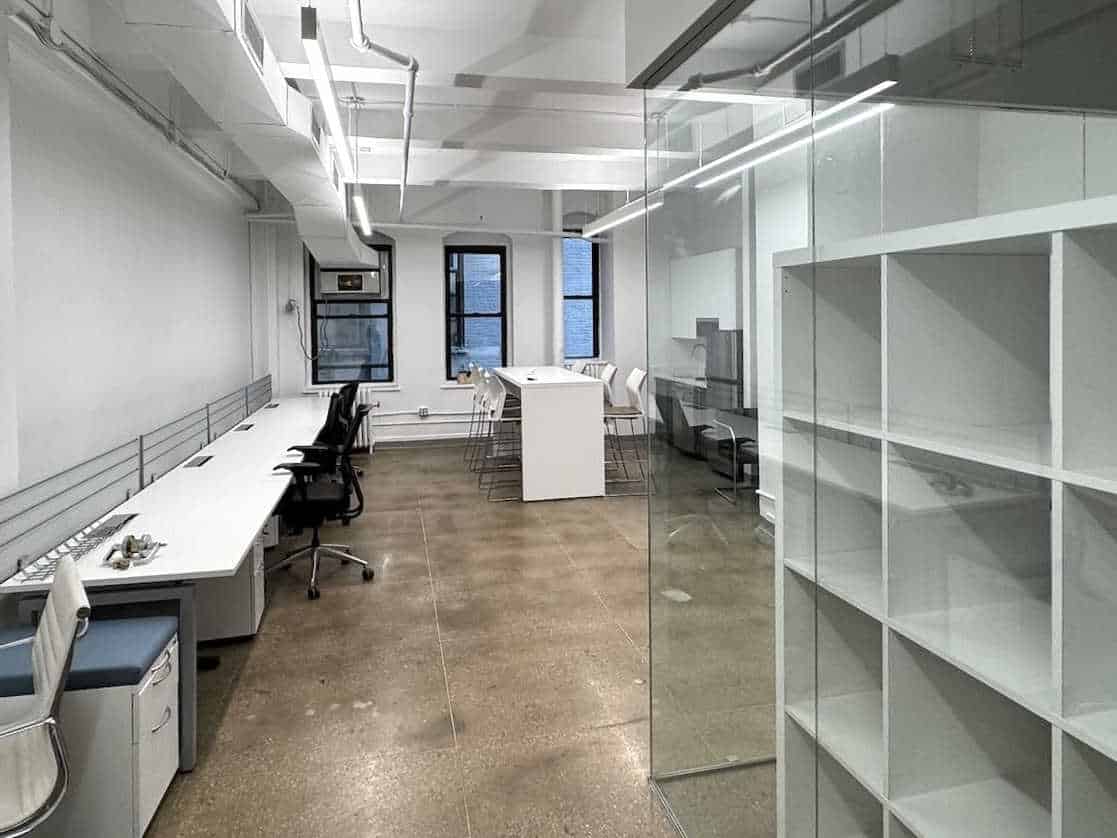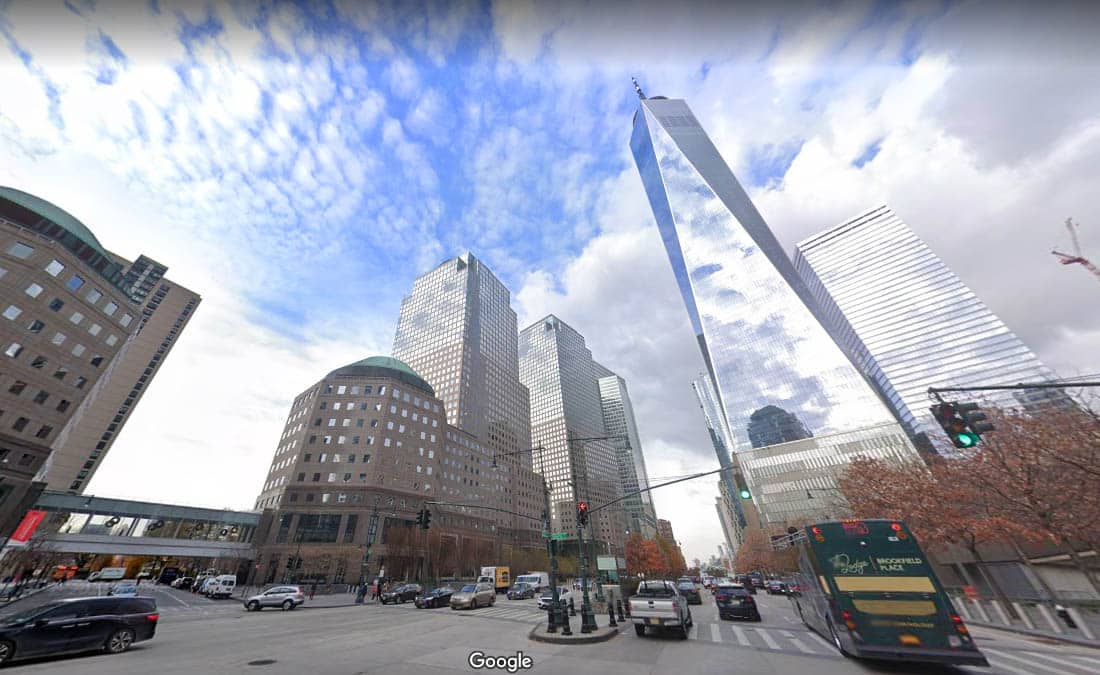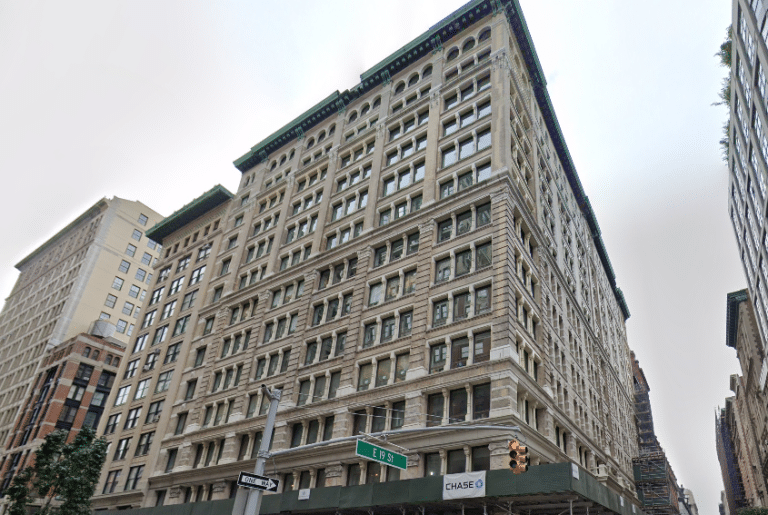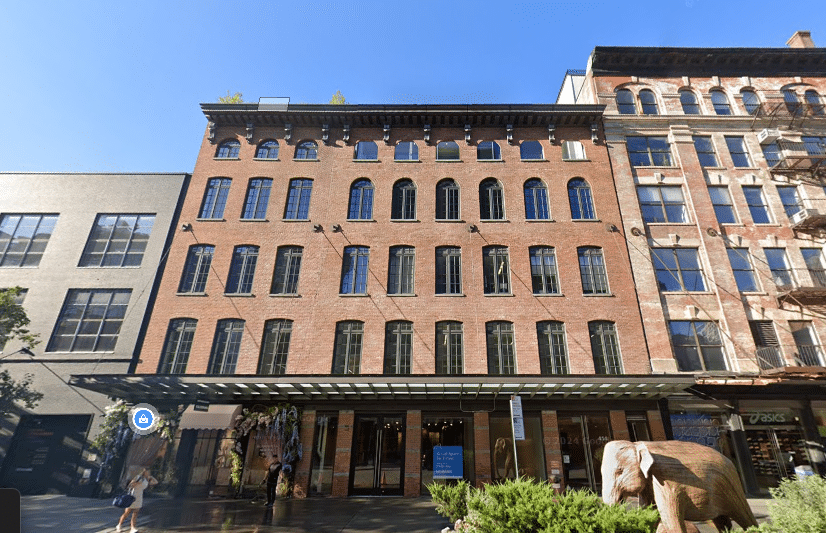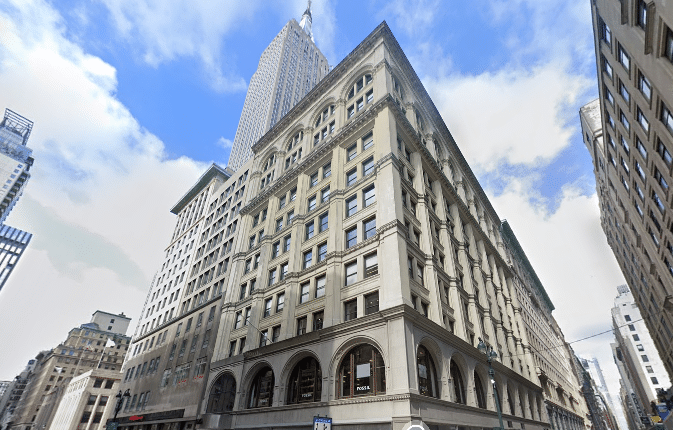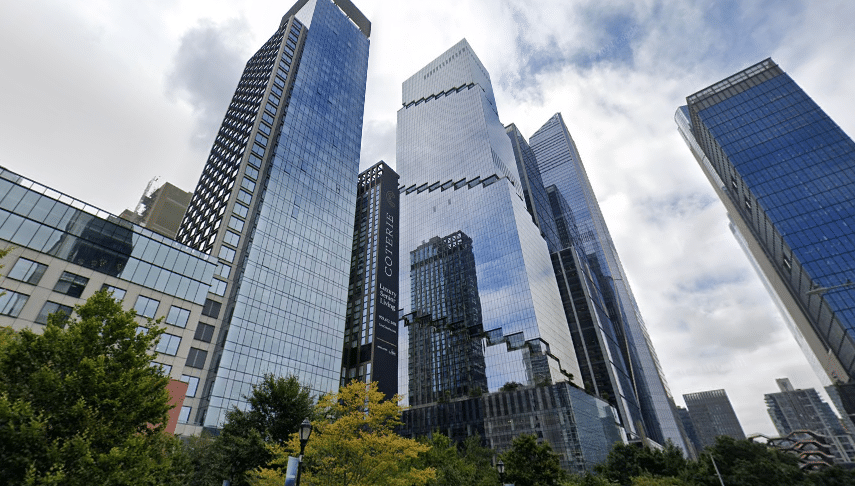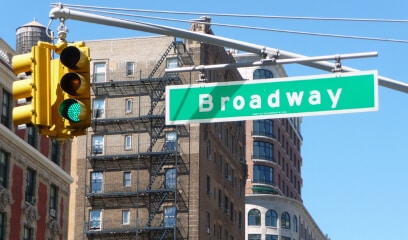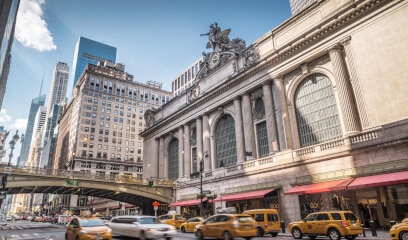Traditional Office vs. Loft Space: Which Layout Works Best for Your NYC Business?
When you’re searching for office space in Manhattan, one of the first decisions you’ll face is whether to lease a traditional office or opt for loft-style space. Each option comes with distinct features, advantages, and trade-offs that can significantly impact your team’s productivity, culture, and budget.
Let’s break down the differences—and help you choose the right environment for your business.
What Is Loft Office Space?
Loft offices originated in New York City during the post-industrial transition of the late 20th century. As manufacturing left the city, empty factory buildings were transformed into airy, open workspaces. These spaces quickly gained popularity among TAMI (Tech, Advertising, Media, Information) companies.
Common features include:
- High ceilings (often 12′ or more)
- Exposed brick, ductwork, and beams
- Large industrial windows with abundant natural light
- Open floor plans with minimal partitions
These buildings create a casual, creative ambiance that appeals to startups and fast-growing firms. Neighborhoods like SoHo, Flatiron, Hudson Square, and Chelsea are known for this type of inventory.
Explore loft office space in NYC →
What Is Traditional Office Space?
Traditional office layouts are more formal and structured. Found in Class A and Class B office towers, these spaces are popular with law firms, financial institutions, consulting companies, and established enterprises that prioritize confidentiality and corporate branding.
Typical features include:
- Private offices and conference rooms
- Reception areas and designated client meeting space
- Drop ceilings, standard lighting, and central HVAC
- Strong soundproofing and defined departmental zones
These spaces are most prevalent near Grand Central, Park Avenue, and Lower Manhattan.
Browse NYC office space for law firms →
Side-by-Side Comparison: Loft vs. Traditional Offices
| Feature | Loft Office Space | Traditional Office Space |
|---|---|---|
| Layout | Open floor plan | Enclosed offices, cubicles, boardrooms |
| Design Aesthetic | Industrial, creative, exposed materials | Polished, corporate, clean finishes |
| Flexibility | Easy to customize layout | Often requires landlord approval |
| Noise & Privacy | More open, less private | Quiet, compartmentalized work areas |
| Tenant Type | Startups, tech, creative agencies | Law firms, finance, consulting |
| Neighborhoods | SoHo, Chelsea, Flatiron, Tribeca | Midtown East, Financial District |
| Rental Cost | Generally lower (varies by location) | Higher, especially in Class A towers |
Which Office Type Is Right for You?
Ask yourself:
- How large is your team? Loft spaces may be ideal for collaborative teams, while traditional layouts suit firms with client-facing roles.
- Do you need privacy? Traditional offices offer greater soundproofing and confidentiality.
- What’s your company culture? Creative teams may thrive in loft-style space.
- What’s your budget? Loft spaces can deliver good value, especially on side streets or in older buildings.
Watch: Alan Rosinsky Explains the Key Differences
If you’re still deciding, watch the video below as our Principal Broker walks through the key distinctions between loft and traditional office space:
Let Us Help You Find the Right Office
Whether you’re leaning toward a creative loft or a polished, corporate suite, we can help you find the right space in the heart of Manhattan. Our listings include modern, efficient offices across all major business districts.


